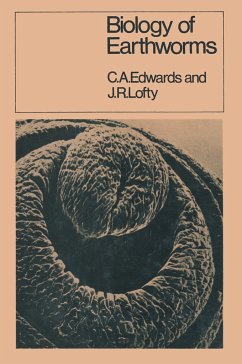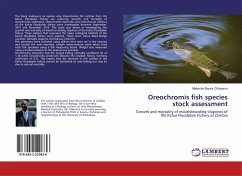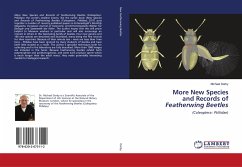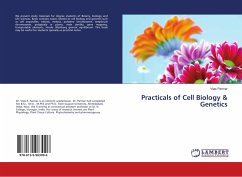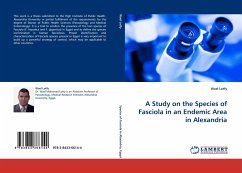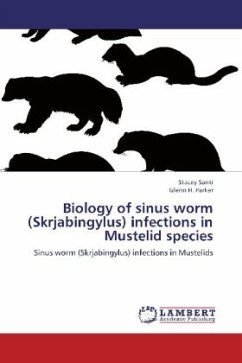
Biology of sinus worm (Skrjabingylus) infections in Mustelid species
Sinus worm (Skrjabingylus) infections in Mustelids
Versandkostenfrei!
Versandfertig in 6-10 Tagen
45,99 €
inkl. MwSt.

PAYBACK Punkte
23 °P sammeln!
Skrjabingyliasis among mustelids has frequently been inferred from sinus lesions without actual recovery of the suspect nematode. In the present work on mink, otter, fisher, marten and weasels collected from various regions in Ontario, Quebec and Newfoundland, prevalence and intensity of Skrjabingylus spp. infections were assessed through subjective scorings for sinus discoloration, swelling, bone thinning and perforations and later confirmed by extracting and counting parasitic worms present. While lesion scores generally proved to be reliable predictors of infection, even among museum-curate...
Skrjabingyliasis among mustelids has frequently been inferred from sinus lesions without actual recovery of the suspect nematode. In the present work on mink, otter, fisher, marten and weasels collected from various regions in Ontario, Quebec and Newfoundland, prevalence and intensity of Skrjabingylus spp. infections were assessed through subjective scorings for sinus discoloration, swelling, bone thinning and perforations and later confirmed by extracting and counting parasitic worms present. While lesion scores generally proved to be reliable predictors of infection, even among museum-curated specimens, certain species-specific exceptions were clearly indicated. Despite marked sinus enlargement and bone pathology, heavily-infected mink failed to show significant reduction in braincase volume. Variations in infection rate with respect to sites, host species, sex-age cohort, and the ensuing patterns of bone pathology are discussed. In addition to providing a critical review of the utility of sinus lesions, this book addresses the pathological and functional impacts of such infections, and will be a valuable resource for parasitology researchers, students and instructors alike.



